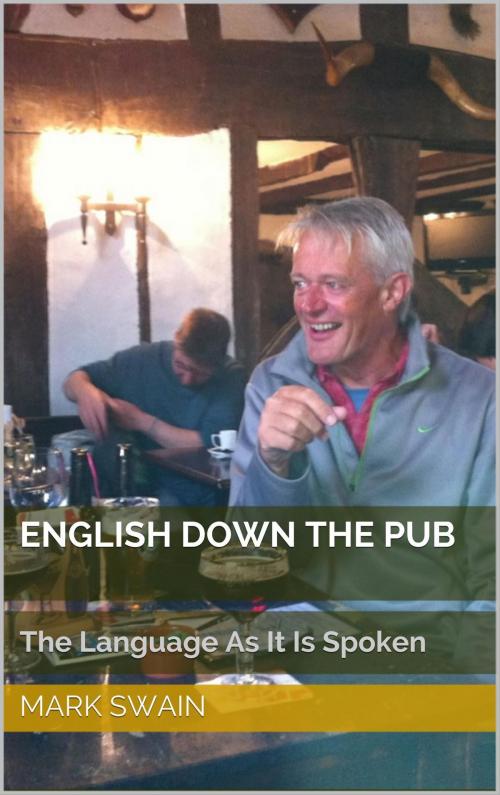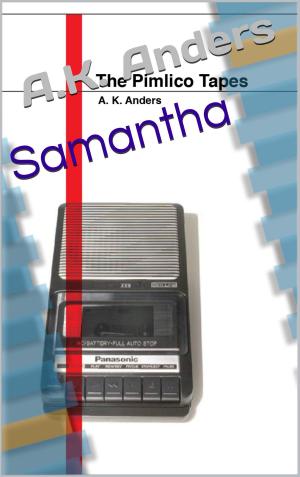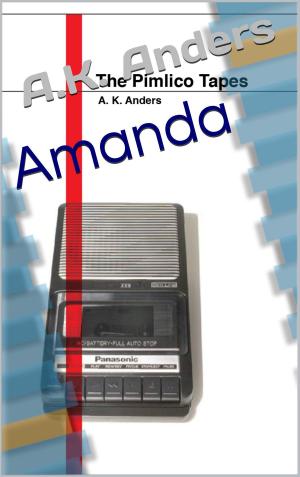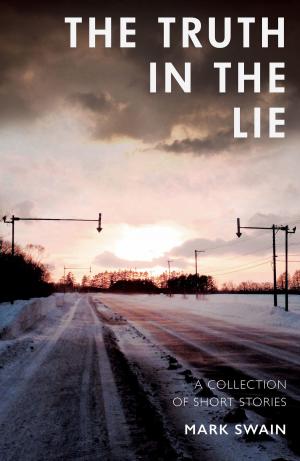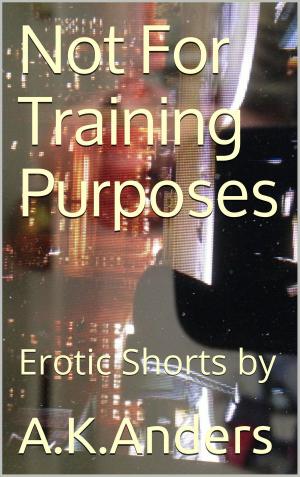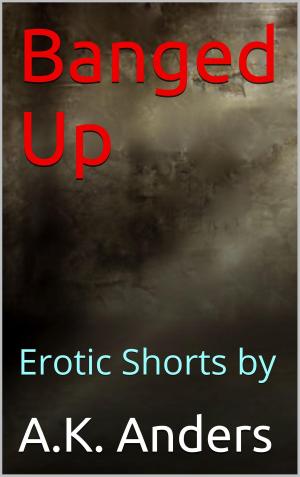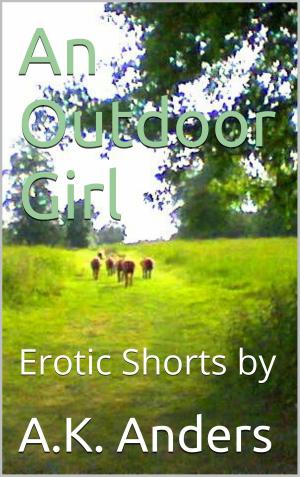English Down The Pub
Nonfiction, Food & Drink, Beverages, Beer, Reference & Language, Study Aids, ESL, Foreign Languages| Author: | Mark Swain | ISBN: | 9781310748400 |
| Publisher: | Tinderbox Publishing | Publication: | May 11, 2014 |
| Imprint: | Smashwords Edition | Language: | English |
| Author: | Mark Swain |
| ISBN: | 9781310748400 |
| Publisher: | Tinderbox Publishing |
| Publication: | May 11, 2014 |
| Imprint: | Smashwords Edition |
| Language: | English |
English Down The Pub is written for use by both students of English and teachers of English. It will also be of interest to those wanting to know about modern English culture. What readers will not be anticipating in a book of this type, is comedy. The book could be described as 'tongue in cheek', except that its mission is very serious.
The Language As It Is Spoken
It is a constant source of frustration for many, that foreign people studying English are taught language that is not authentic. Although it is technically 'correct' English, much of what is taught is a form of English rarely used by real English people – at least not in the last fifty years. This book has been written in order to put that right. It provides the essentials of 'real' English – the colloquial language that you will find being spoken every day by real English people going about their normal lives. The author of this book believes that English Language teachers who are primarily instructing students wishing to speak modern functional English are doing their students a great disservice by not teaching them the language that the man in the street speaks. This includes giving them a working understanding of English swearwords – since we know that most English people swear at least socially and often at work too.
Realism and Humour
The book is structured to deal with common social functions, such as meeting people and making introductions, ordering drinks and food and making conversation. The dialogue is not the stilted or 'wooden' language one normally finds in a textbook, instead it is vibrant in its authenticity and often very humorous as a result. The reader or language learner is treated to such amusing scenarios as 'how to avoid a fight' and 'looking for love'. Since many people go to pubs to meet a prospective partner and most of us have witnessed aggression in drinking venues at some time, this does seem justified. In all scenarios both a formal and informal dialogue are given as examples. Something of the uptightness of the English is revealed in these comparative dialogues. This is culturally useful to language learners of course, but it can be hilarious to any reader and in particular the English themselves. Some of the swearing will be shocking to many English readers, but there is a refreshing honesty about it. The non-English reader is made aware of just how critical it is to get the level of formality or looseness right with English people. Most English are still, after all, obsessed with what is or is not 'proper'. In order to make things clear, the rule in this book is that where people might swear or use slang in real life this is reflected in the dialogue, along with an explanation of meaning and where its use is appropriate. As a past EFL teacher of many years, the author has found this technique very popular with students in the classroom and has witnessed great upsurges of student enthusiasm as a result. Reading the book, one can certainly see why!
In the final chapter we find a choice selection of popular English slang and swearwords. This last section will no doubt prove popular and useful due to its authenticity, but not even the most serious elderly lady or the strictest vicar could fail to fall about laughing at the example dialogues or explanations given about the literal meanings of popular English swearwords.
English Down The Pub is written for use by both students of English and teachers of English. It will also be of interest to those wanting to know about modern English culture. What readers will not be anticipating in a book of this type, is comedy. The book could be described as 'tongue in cheek', except that its mission is very serious.
The Language As It Is Spoken
It is a constant source of frustration for many, that foreign people studying English are taught language that is not authentic. Although it is technically 'correct' English, much of what is taught is a form of English rarely used by real English people – at least not in the last fifty years. This book has been written in order to put that right. It provides the essentials of 'real' English – the colloquial language that you will find being spoken every day by real English people going about their normal lives. The author of this book believes that English Language teachers who are primarily instructing students wishing to speak modern functional English are doing their students a great disservice by not teaching them the language that the man in the street speaks. This includes giving them a working understanding of English swearwords – since we know that most English people swear at least socially and often at work too.
Realism and Humour
The book is structured to deal with common social functions, such as meeting people and making introductions, ordering drinks and food and making conversation. The dialogue is not the stilted or 'wooden' language one normally finds in a textbook, instead it is vibrant in its authenticity and often very humorous as a result. The reader or language learner is treated to such amusing scenarios as 'how to avoid a fight' and 'looking for love'. Since many people go to pubs to meet a prospective partner and most of us have witnessed aggression in drinking venues at some time, this does seem justified. In all scenarios both a formal and informal dialogue are given as examples. Something of the uptightness of the English is revealed in these comparative dialogues. This is culturally useful to language learners of course, but it can be hilarious to any reader and in particular the English themselves. Some of the swearing will be shocking to many English readers, but there is a refreshing honesty about it. The non-English reader is made aware of just how critical it is to get the level of formality or looseness right with English people. Most English are still, after all, obsessed with what is or is not 'proper'. In order to make things clear, the rule in this book is that where people might swear or use slang in real life this is reflected in the dialogue, along with an explanation of meaning and where its use is appropriate. As a past EFL teacher of many years, the author has found this technique very popular with students in the classroom and has witnessed great upsurges of student enthusiasm as a result. Reading the book, one can certainly see why!
In the final chapter we find a choice selection of popular English slang and swearwords. This last section will no doubt prove popular and useful due to its authenticity, but not even the most serious elderly lady or the strictest vicar could fail to fall about laughing at the example dialogues or explanations given about the literal meanings of popular English swearwords.
